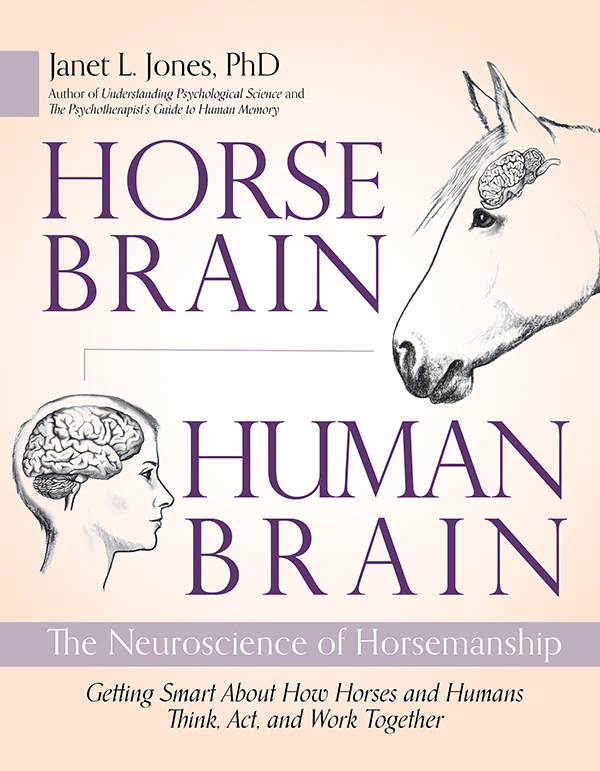TRUE TRAINING 84 - What About the Jumping?
Regular readers of the True Training Blog know that True has excellent jumping genetics and was purchased primarily to jump. Several posts (numbers 37-44) discussed his early training to negotiate ground poles and hop small obstacles when he was too young to do much more. But he has been physically mature enough to move forward in his jumping for quite a long time. So why am I posting about calf sorting, ear clipping, trail rides, and crossing bridges? For two reasons.
First, brain science tells us that learning is improved with physical and mental variation in activity. Drilling a horse on one activity isn’t best for her brain, it doesn’t create a well-rounded horse who approaches new items with curiosity, it begs repetition injuries, it fails to offer mental relief strategies, and it bores intelligent animals. Brain-based horsemanship thrives on the ability to motivate a horse to want to perform. She won’t be motivated by drilling the same tasks day after day. Still, a horse needs to be taught and given practice at her primary task more than any other.
So… my second reason? Injuries. Not True’s—he’s fine! In fact, he’s had only one injury in four years despite living in a large pasture most of the time. With help from his trusted veterinarian, it healed quickly and completely. No, I’m referring to human injuries. It’s not only the horse who has to be in jumping condition.
Since True’s early hopping began two years ago, I’ve had muscular injuries to my neck, right bicep, and both sides of my upper and lower back. Mild scoliosis affects my middle back and shoulders. The tendons in my right elbow blew out last fall and haven’t healed yet. One morning I had to drive myself 35 minutes with a sliced artery gushing blood out of my lower left arm with every heartbeat. I chip-fractured my right upper arm and broke my left hand to the point that a $13,000 orthopedic surgery was required to install titanium screws in it. I even clocked myself in the forehead with the pointed corner of my car door, cursing my clumsiness through a veil of blood running down my face. It was embarrassing! All this in just two years … and my record prior to that is about the same. The people at Urgent Care know me by name when I walk through the door.
So, why hasn't True been jumping lately? Because my upper-body impairments prevent me from moving jumps around to set fences for him. In addition, they prevent me from strengthening the back, abdomen, and chest muscles needed to maintain a solid jumping position that won’t interfere with a young horse’s movement. True’s ready to go, and I’m trying my best to catch up. Don’t worry; we’ll be talking about his jump training again soon!

